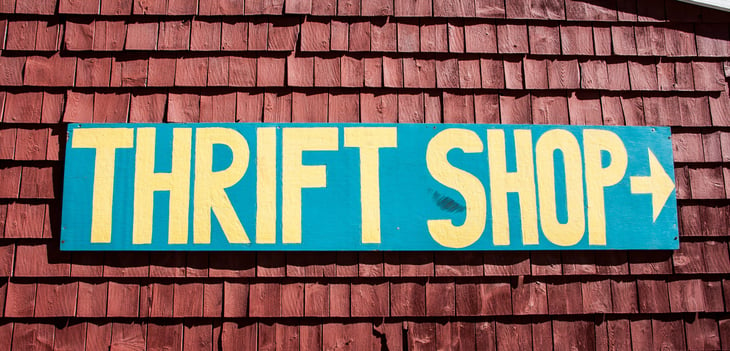
I approach a new thrift shop the way a foodie approaches a farmers market. My palms get sweaty. My focus narrows as I mentally run through the list of everything I’m hoping to find.
Although I’ve picked my way through hundreds of secondhand stores across the country, the rush never fades.
Over the past three decades, I’ve turned my weird enthusiasm into a lucrative side business. These days, I shop more efficiently than ever before and usually find a handful of things that make every trip worthwhile.
The following are my best secrets to success.
1. Shop strategically
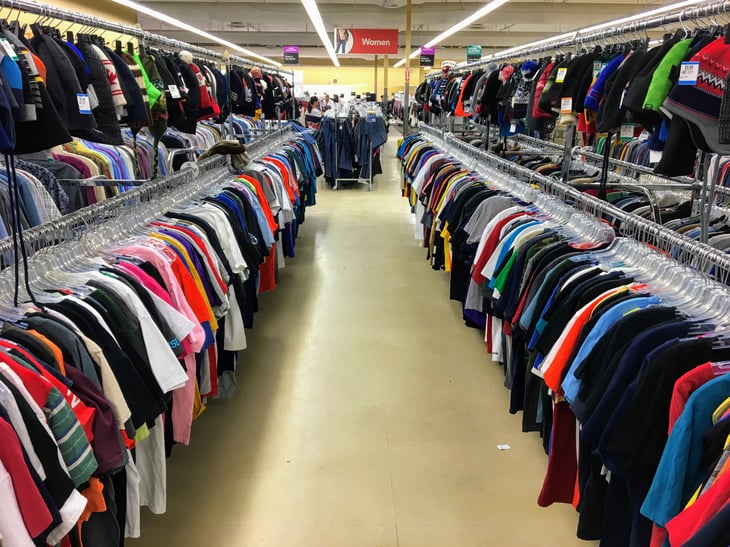
Committed thrift shoppers are an assertive bunch. We hit our favorite spots regularly — sometimes daily — and many of us supplement our income by finding and flipping anything that’s underpriced and in demand. To compete, you need a solid shopping strategy.
First, do a quick primary scan. Briefly check every department just to see what jumps out at you. The goal is to find the good stuff first and grab it. If you’re unsure about an item, don’t leave it behind. Put it in your cart and make your final decision later.
Next, perform a secondary search. In this more leisurely phase, focus on what’s below the surface. Look for hidden gems that others have missed, specific items you need or clothing in just the right style, size and color.
Not sure what constitutes a hidden gem? Start with “17 Things This Expert Always Buys at Thrift Stores.”
2. Check the fitting rooms

I make the fitting room area of every thrift store part of my regular shopping circuit.
The racks outside these rooms are usually filled with clothing that’s been rejected for being too tight, too long or too … whatever. But before these items were rejected, they were selected. That means they’ve already passed someone’s critical eye.
For choosy thrift shoppers, fitting room racks are likely to hold the sartorial cream of the crop. I once found a men’s Barbour waxed cotton jacket on one of those racks for a mere $7.99. Within 24 hours, I’d flipped it for $165.
For more like this, check out my article “11 Secrets To Finding Quality Clothing at Thrift Shops.”
3. Get a little nosy

Thrift shopping is no different than retail shopping: The first person to glimpse new items usually scores the best stuff. If the store allows it, sneak a peek at the items waiting to be stocked.
Bins, carts and rolling racks that are fresh from the back room hold a store’s most recent donations and often a treasure or two. But a few words of caution:
- Handle items carefully — no rummaging.
- Keep clothing racks organized.
- Try not to interfere with the tasks of busy employees.
4. Practice wabi-sabi

In a world of mass production, thrift stores offer something rare and wonderful: one-of-a-kind finds. To fully enjoy secondhand shopping, embrace wabi-sabi, the Japanese aesthetic philosophy that teaches us to appreciate beauty in imperfection.
Don’t be afraid to buy the odd, the flawed or the homemade.
Some of the most treasured pieces in my home fit that description:
- A huge folk-art painting of a sleeping dog
- A chipped midcentury Italian lamp
- A slightly frayed Native American blanket
I love these things because I salvaged them, because they have stories to tell and because they’re unique.
5. Skip the display cases
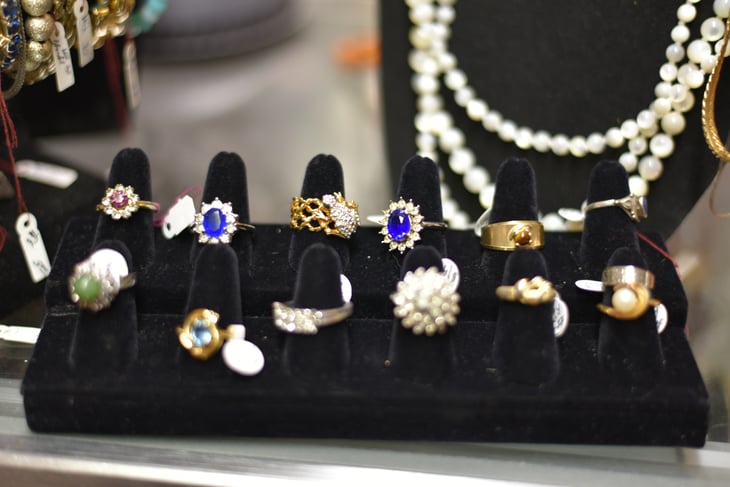
Thrift stores reserve display cases for their prized inventory — the electronics, jewelry and glassware deemed most valuable. But in my experience, these are often the least interesting things in the store.
First, they’re someone else’s interpretation of “collectible” or “valuable” — and usually off the mark. Second, these items come with high price tags, which means razor-thin margins if you’re planning to resell.
I prefer to find my own hot deals by knowing a little bit about a lot of things. When I’m unsure about an item, it takes just a few seconds to research it online. If I peruse the display cases at all, I do it on my way out the door.
For more tips like this, see “15 Common Thrift Store Shopping Mistakes to Avoid.”
6. Rethink pink
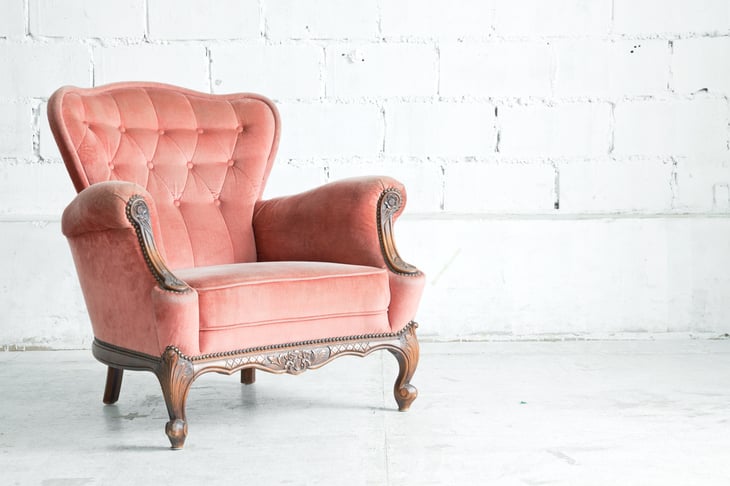
For those who thrift-shop for profit, understand that color matters. And in my experience, anything pink is tough to sell.
Pink appeals to a very limited market. It’s a color that’s notoriously difficult to match. Many shades — think pastel pink, dusty rose and mauve — look faded and dated.
I once purchased a highly collectible vintage pink fiberglass chair in flawless condition and sat on it — literally and figuratively — for more than a year before finally unloading it at a flea market.
OK, enough pink-bashing. What colors are consistent winners? Blues, bright greens, bold oranges and classic neutrals like gray and white.
7. Reject most collectibles
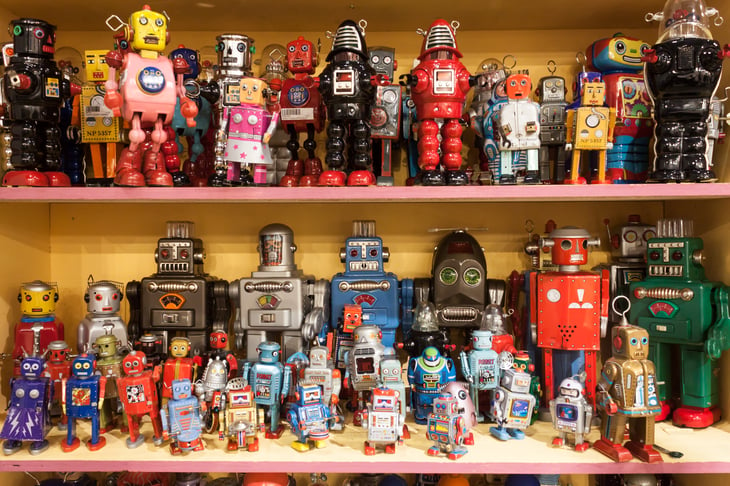
If you’re new to thrift shopping and would like to make a little cash at it, remember one thing: Items that were made to be collectible seldom hold their value.
Generally speaking, things like Beanie Babies, modern trading cards and Precious Moments figurines were produced in such staggering quantities that you can’t give them away.
Focus instead on less-obvious items. Timeless clothing, unique midcentury pieces and well-made vintage household products are consistently hot categories.
Once, I found a 72-piece set of stainless-steel flatware from the 1970s. I flipped it within a week for a $70 profit.
8. Go Kondo
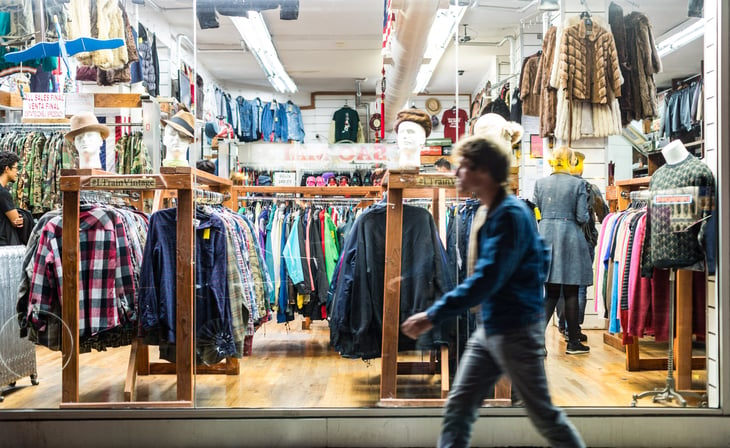
Whether you’re thrift shopping as a side gig or simply love the thrill of the hunt, it’s tempting to seize every great deal out there. Resist this urge.
I shop by one simple rule: If I don’t need it, don’t love it and can’t easily flip it for a profit, I don’t buy it. This guideline helps me avoid mindless accumulation and keeps my home livable, organized and surprisingly minimalist. I think Marie Kondo would approve.





Add a Comment
Our Policy: We welcome relevant and respectful comments in order to foster healthy and informative discussions. All other comments may be removed. Comments with links are automatically held for moderation.